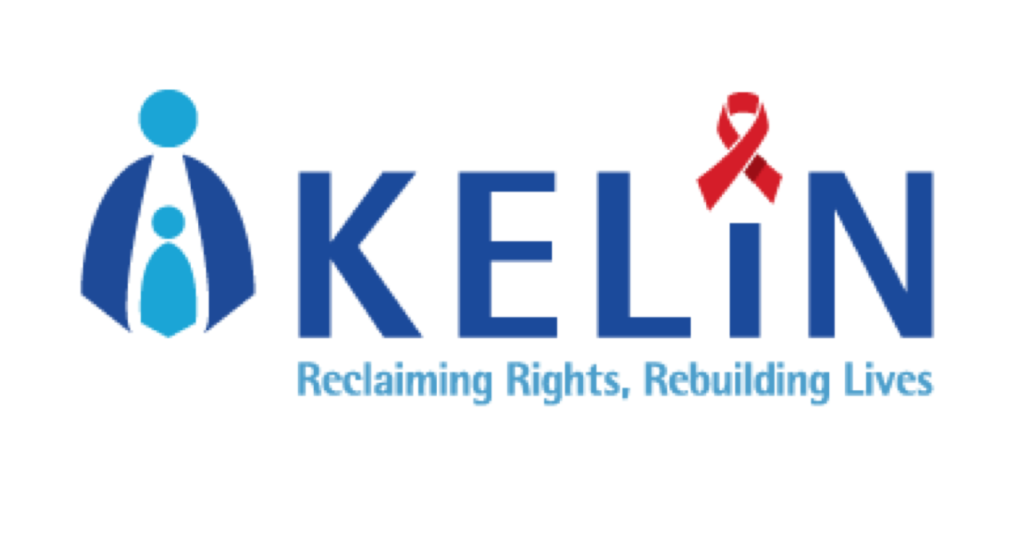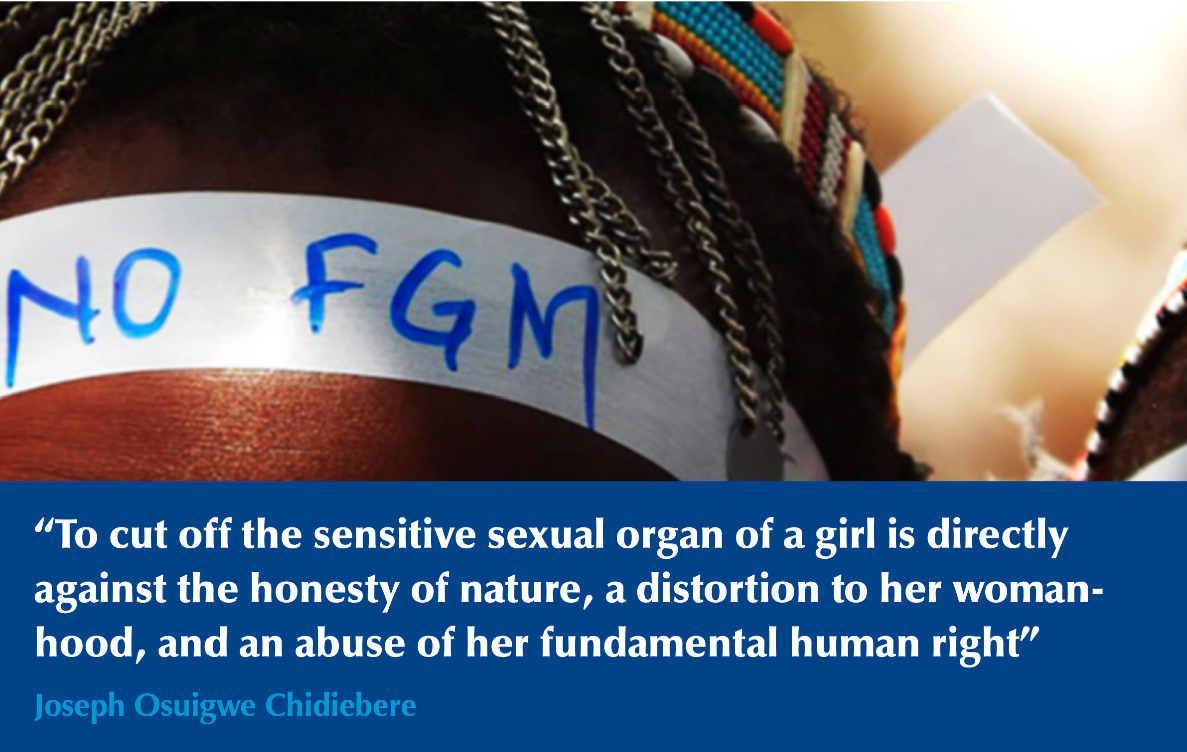The legislative framework on emergency medical treatment in Kenya is anchored on the provisions of the Constitution which guarantees every person the right to the highest attainable standard of health.[1] In particular, Article 43(2) provides that no person shall be denied emergency medical treatment. Naturally, in law, given that the Constitution is only meant to provide broad guiding principles, it does not expound further on the circumstances under which this right can be enforced.
Between 2010 and 2017, there was no enabling law to give life to these constitutional provisions, and as such, health care practitioners were largely guided by the Kenya Health Policy 2014 – 2030. The Policy defines emergency treatment to include first aid treatment of ambulatory patients and those with minor injuries; public health information on emergency treatment, prevention, and control; and administrative support, including maintenance of vital records and providing for a conduit of emergency health funds across government. The policy further provides that “Emergency health services shall be a part of the referral services and shall be provided by the nearest health facility, regardless of ownership (both public and private).”
Relatedly, the 2013 Ministry of Health National Patients’ Rights Charter provides that every patient has a right to receive emergency treatment in any health facility. The Charter goes further to state that, in emergency situations, irrespective of the patient’s ability to pay, treatment to stabilize the patient’s condition shall be provided.
Notably, in May 2017, Parliament enacted the Health Act, which has subsequently has given more clarity and legal direction on the rights and duties encompassed in emergency care. Section 7 of the Act is instructive on what constitutes emergency medical treatment including:
(a) pre-hospital care;
(b) stabilizing of the individual; or
(c) arranging for referral in cases where the health provider of first call does not have facilities or capability to stabilize the victim.
The Act further states that any medical institution that fails to provide emergency medical treatment, while having ability to do so, commits an offence and is liable upon conviction to a fine not exceeding three million shillings. Besides medical institutions, healthcare providers, whether in the public or private sector, also have a personal duty to provide emergency medical treatment.[2]
Moreover, the Act instils a critical duty upon the government under section 15 to achieve the following as part of the realization of emergency medical treatment: First, a duty to develop policies, laws and procedures, in consultation with the county governments and other stakeholders for the realization of emergency care. Second, a duty to ensure that financial resources are mobilized for uninterrupted access to all health services. Third, a responsibility to establish an emergency medical treatment fund for unforeseen situations and lastly, provide policy and training, maintenance of standards and co-ordination mechanisms for the provision of emergency healthcare. It is worth noting, however, that while section 112 of the Act enshrines an obligation on the Ministry of Health to enact regulations for the better carrying out of the obligations under the Act, the National Policy on Emergency Medical Care in Kenya remains a draft that is yet to be endorsed into law.[3]
From the Kenyan judiciary, there is little jurisprudence that has interrogated emergency medical care. In the 2013 case of LN & 21 others vs Ministry of Health, the court, in its analysis held that renal dialysis did not constitute an emergency as the petitioner’s condition did not create a need for immediate remedial treatment but rather, was an ongoing state of affairs.
In the absence of national precedents, several cases can be used to give guidance on emergency care from the international sphere. First, the Supreme Court of India has long established a duty to provide emergency treatment for accident victims, regardless of the ability to pay. This was declared in the case of Parmanand Katara v. Union of India.[4] Generally, the jurisprudence from India on emergency care is indicative of the duty of a hospital to respond positively and admit a patient if they have facilities for dealing with the condition.[5] Lack of bed space has been held as not being a justifiable reason for turning away a critically ill patient whose condition needed to be stabilized urgently. The medical facility should be able to make internal arrangements to accommodate the patient if challenges relating to bed space arose.
Closer home, the 2015 South African case of Charles Oppelt v Head: Health, Department of Health Provincial Administration: Western Cape also provides useful guidance on the legal duties that arise in emergency care. These duties include: First, the duty to ensure that a patient is transferred in time to be treated; second, the duty to ensure that the patient is given appropriate treatment with the greatest possible urgency and lastly, duty to ensure that hospital personnel working in trauma units are properly instructed. Those who fail to do thus incur liability.
In addressing the regulatory weaknesses of emergency care in Kenya, guidance may be placed on the recommendations made in the Ruling of the Medical Practitioners and Dentist Board in the Alex Madaga Complaint of 2016. The Board noted with concern that to date, there exist several lacunae in emergency medical treatment that would benefit from enactment of an overall emergency care policy at national level. The Board recommended that the Ministry of Health, in collaboration with the Council of Governors enact guidelines that would regulate: Payment of emergency medical care, particularly in private hospitals, inter-hospital transfers and referrals where a hospital does not have capacity to offer emergency care; and lastly, regulation, licensing and operation of ambulances.[6]
In conclusion therefore, the legal duty in emergency medical treatment can be summarized as follows: First, medical institutions that fail to provide health care services necessary to prevent and manage the damaging health effects due to an emergency situation are culpable. Further, facilities that have systems that are inappropriately designed and invariably cause a patient deserving of emergency medical treatment not to receive such treatment, are also culpable. Hospitals that prioritize monetary security prior to admission can also be held in violation of the Constitution as well as the Kenya National Patients’ Rights Charter. The liability of the government, on the other hand, arises from its duties as stipulated in the Constitution as well as sections 15 and 112 of the Health Act. Where the government thus fails to enact policies; mobilize financial resources, regulate, train and accredit emergency care providers or ensure compliance with already existing guidelines by medical institutions, then it is liable in law. This, must, of course, be done in consultation with county governments and other stakeholders in the health sector acknowledging that health is now a devolved function.
[1] Article 43 (1) of the Constitution of Kenya, 2010.
[2] Section 12(2)(b) of the Health Act, 2017
[3] This Draft was developed in 2016 by the Ministry of Health’s Division of Emergency & Disaster Risk Management but is yet to be launched.
[4] Pt. Parmanand Katara vs Union Of India & Ors, 1989 AIR 2039, 1989 SCR (3) 997
[5] Paschim Banga Khet Mazdoor Samity & Ors v State of West Bengal & Anor (1996) AIR SC 2426/ (1996) 4 SCC 37
[6] Worth noting that the government has, through the Kenya Bureau of Standards enacted Minimum Ground Ambulance Requirements, 2013, which establish the minimum requirements for performance, design, testing, operation and equipping of emergency medical services ground ambulances used for out-of-hospital medical care and patient transport.


